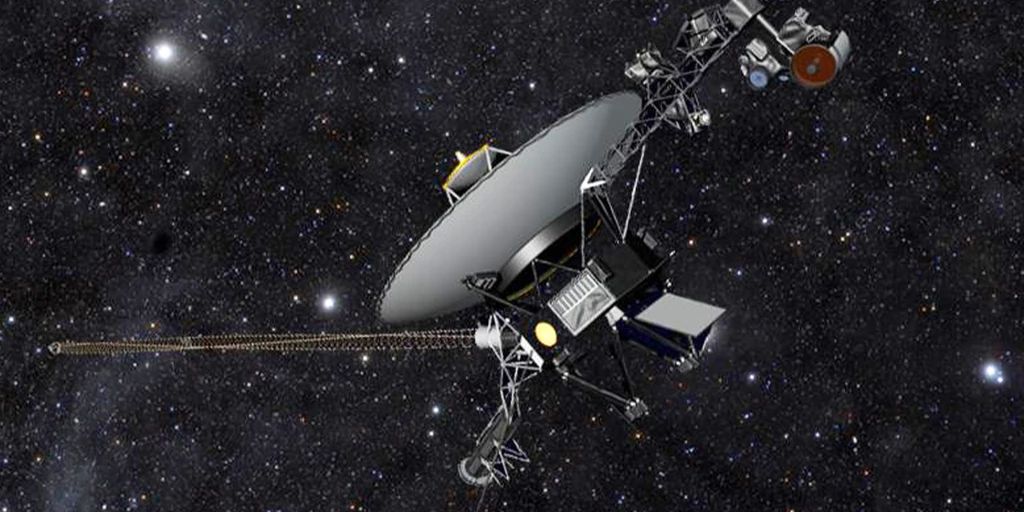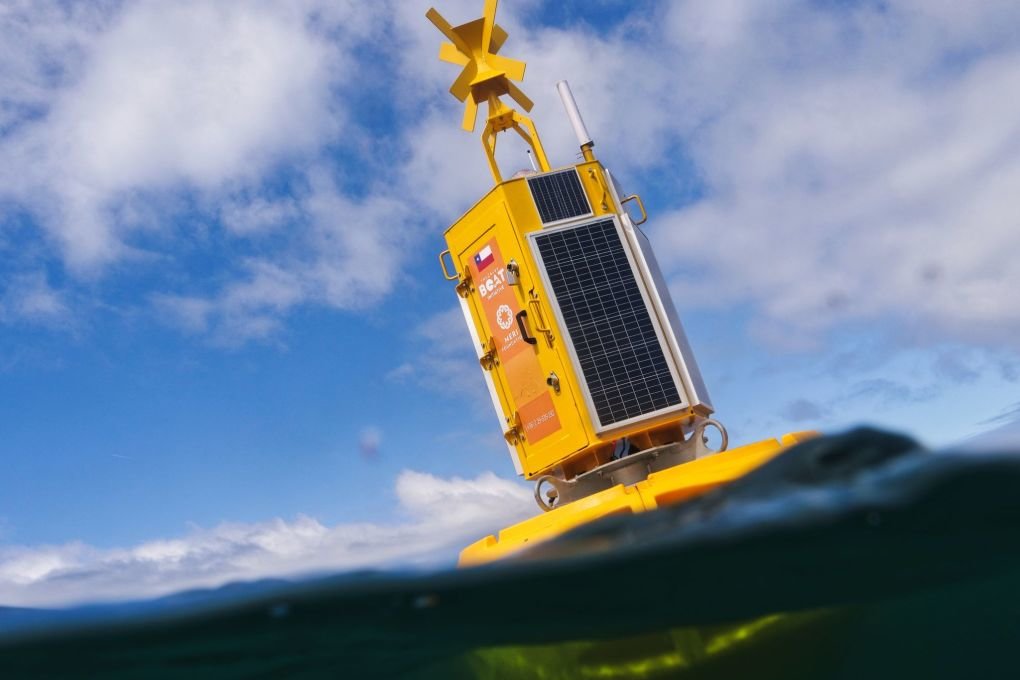Ships, rigs, and explosions: they get noisier and louder underwater, too. Noise at sea endangers the giant marine mammals that communicate with each other with their songs.
There is a lot of noise in the deep sea. Ship engines, military sonar, or construction work on wind farms frequently disrupt underwater silence. Noise is dangerous to many marine creatures, especially whales.
They use noise to orient themselves, search for food, and communicate with other animals. If the sound is too loud in their habitat, they may lose their orientation. Off the coast of Chile, whales must now be protected from noise pollution with a system of buoys.
“Noise causes communication problems between whales, which means they cannot find each other to breed, and it also hinders the foraging process, which has a direct impact on population growth,” says Yacqueline Montecinos of WWF in Chile.
It got really noisy in the oceans
According to estimates by the environmental organization Naboo, exposure to underwater noise in the oceans has doubled or tripled in the past few decades. The so-called masking effects occur at lower sound levels or at greater distances from the noise source. Background noise disturbs marine creatures’ perception of sound signals. At large sizes, animals can also injure the ear canals or even die in extreme cases.
Because of the increase in shipping traffic in the world’s oceans, collisions between ships and whales happen again and again. The International Whaling Commission recorded nearly 1,500 collisions between 2007 and 2016. However, the actual number is likely to be much higher, as many collisions go unnoticed or go unreported.
Through the Blue Boat Initiative, the Chilean Ministry of Environment and the Miri Foundation now want to better protect whales from ship collisions and underwater noise. Buoys with acoustic sensors locate whales in the area. If they record marine mammals, they send a real-time signal to the Chilean Navy, which in turn warns nearby ships. The captains must then slow down or change the direction of travel.
Whales are considered the engineers of the sea
The first buoy was launched on Thursday. It is called “Suyai”, which means hope in the indigenous Mapuche language. Nine different species of whales live in Corcovado Bay between the Chilean mainland and Chiloe Island. The area is especially important for blue whales: Ten percent of the world’s population of the world’s largest animals come to the bay to forage for food and raise their young. On the other hand, the waterway, which is more than 50 kilometers wide, is also very crowded. Above all, ships from the many salmon farms in the region cross the bay.
“In the next few months we will be placing five more buoys in Corcovado Bay. In the long term, we want to install a complete system of buoys along the entire American Pacific coast up to Canada,” says Miri Foundation Director, Sonia Español-Jiménez.
The floats developed at the University of Barcelona can also measure temperature, pH, salinity, and saturation of water with nutrients and oxygen. The researchers hope the data will provide more insights into changes in the whale’s habitat. For scientists, protecting marine mammals is also a contribution to the fight against climate change.
“Whales are the engineers of the sea, absorbing, distributing, and releasing nutrients, which contribute to the formation of phytoplankton,” explains Español-Jiménez. “These algae break down carbon dioxide by photosynthesis and produce a large portion of the oxygen in the atmosphere.” In addition, the whales themselves trap large amounts of carbon dioxide that is harmful to the climate. “Whales are of great value to the planet. It is estimated that each sample binds about 33 tons of carbon dioxide. This corresponds to the capacity of 1,000 trees,” says the World Wildlife Fund expert Montecinos. (dpa)

“Alcohol buff. Troublemaker. Introvert. Student. Social media lover. Web ninja. Bacon fan. Reader.”





More Stories
Principles and features of the folk nutritional principle
Science: The percentage of women in mint topics rises to a third
Newly appointed Science, Research and Innovation Council